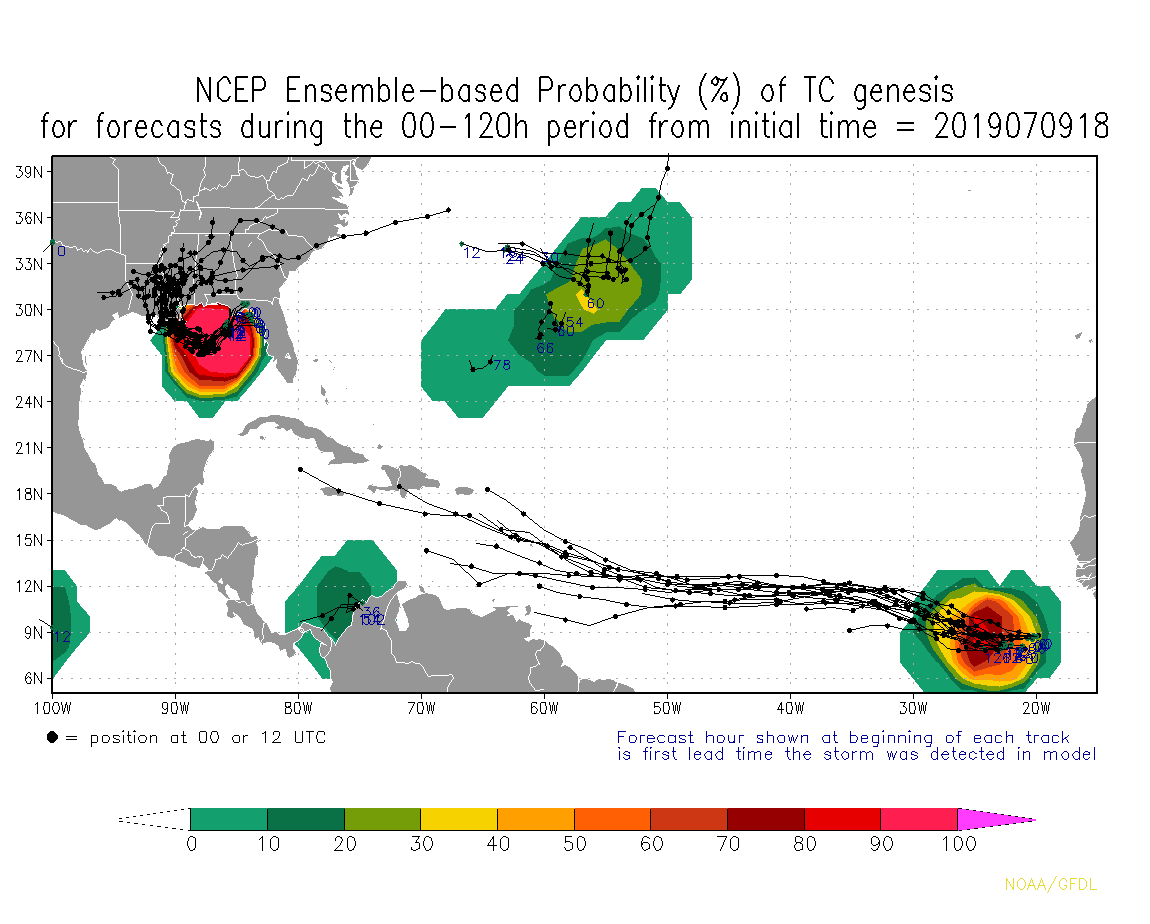ForsythSnow
Moderator
I guess you forget the past hurricane seasons and model reputation. The HWRF has a tenancy to do this and be wrong. If it and the HMON agree then you have a better chance at seeing what they both show.Well, we have seen tropical systems blow up very quickly the last couple of years. And our weather just keeps getting more extreme as the years go by. I would not be shocked at all to see this blow up like the HWRF shows. I believe the UK was showing something similar.













